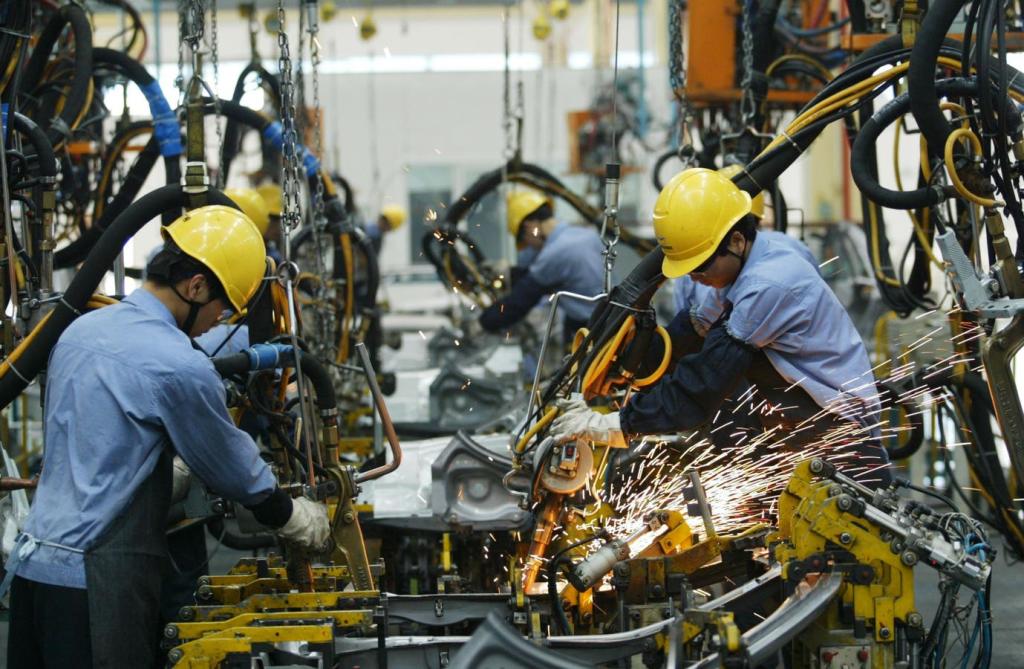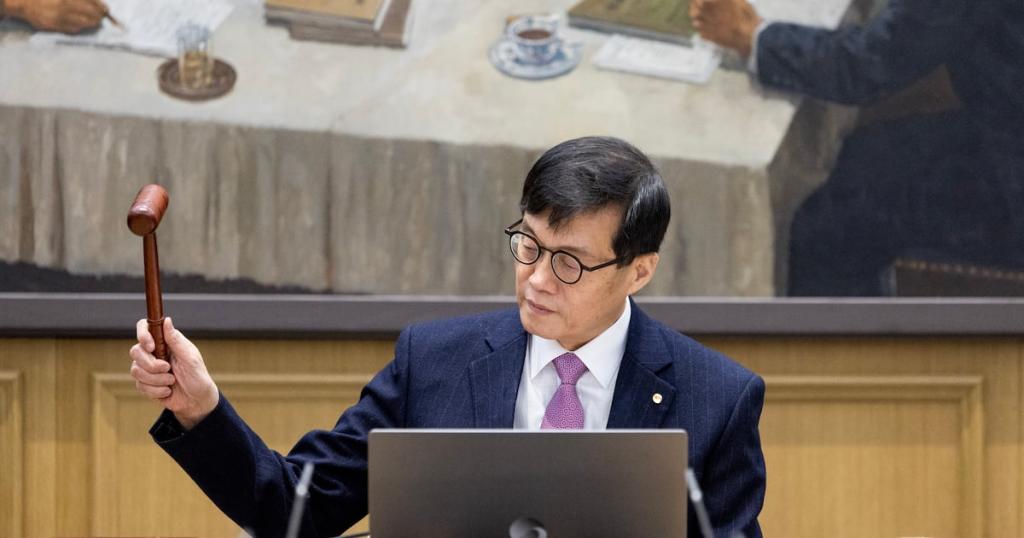Eurozone Inflation Drops to 2.2% Impacting Consumers and Growth
Eurozone inflation has dropped to 2.2%, driven by falling energy prices, signaling potential benefits for consumers and economic growth.

Key Points
- Eurozone
inflation has decreased to 2.2% in August, the lowest level in three years, primarily due to falling energy prices.
- This decline may lead to lower interest rates from the ECB, benefiting both consumers and businesses through reduced borrowing costs.
- While positive trends emerge, core inflation remains at 2.8%, indicating that careful monetary policy is still necessary moving forward.
The Eurozone is experiencing a significant shift in its economic landscape as inflation rates have notably decreased to 2.2% in August, marking the lowest point in three years. This decline not only aligns with analysts' expectations but also brings the Eurozone closer to the
's (ECB) target inflation rate of 2%. In this blog post, we will explore the factors contributing to this decline, its implications for the economy, and what it means for consumers and investors alike.
Key Factors Behind the Decline
A critical driver of this inflation decrease is the substantial drop in energy prices. According to
, energy prices saw a significant decline of 3.0% in August, impacting the overall inflation figures. This reduction in energy costs provides much-needed relief to consumers who have faced rising prices over the past year. While the prices for services and some food items continue to rise, the overall impact of falling energy prices cannot be overstated.

How This Affects Consumers and Businesses
The eased inflation rates signal potentially lower interest rates from the ECB in the upcoming months. This news is encouraging for businesses and consumers alike, as it may lead to easier access to credit and lower borrowing costs. When interest rates decrease, investment in growth initiatives becomes more attractive for companies, fostering economic development. Consumers, on the other hand, may benefit from lower loan and mortgage rates, ultimately supporting their purchasing power.
Expectations for the Future
Despite the positive trend, the ECB remains cautious. The core inflation rate, which excludes volatile food and energy prices, remains at 2.8%, suggesting underlying inflationary pressures still exist. This indicates that while there is cause for optimism, vigilance is necessary, particularly as wage growth trends could influence service prices and inflation going forward. Analysts are divided; some suggest that further interest rate cuts could stimulate additional economic growth, while others warn against a rapid easement of monetary policy.
Looking at Optics Beyond Numbers
The current inflation trajectory highlights a broader narrative: that of recovery amidst challenges. After peaking at 10.6% in October 2022 during the energy crisis triggered by geopolitical tensions, the Eurozone's economy has shown resilience. The gradual decline in inflation reflects not just improved market conditions but also effective policy responses from the ECB and national governments. The economic measures enacted in recent months are beginning to show tangible results, offering hope for a more stable future.
The Balance of Growth and Moderation
As inflation moderates, economists anticipate a blend of stimulating growth while allowing prices to stabilise. The forthcoming ECB meeting on September 12 is poised to be pivotal, as various economic indicators are expected to guide the Central Bank’s decisions regarding interest rates. Such a balanced approach could indeed nourish a promising path for economic productivity and consumer well-being.
The combination of falling energy prices and more stable general inflation rates offers a silver lining to the economic cloud that hung over the Eurozone for many months. It invites consumers and investors to engage more confidently in the market, reinforcing that the economic landscape is gradually becoming more favorable.
With these illuminating developments, the upcoming months will be crucial for the Eurozone. Stakeholders must keenly observe the evolving indicators and prepare for potential adjustments in fiscal strategies as we navigate this promising yet cautious economic phase.


